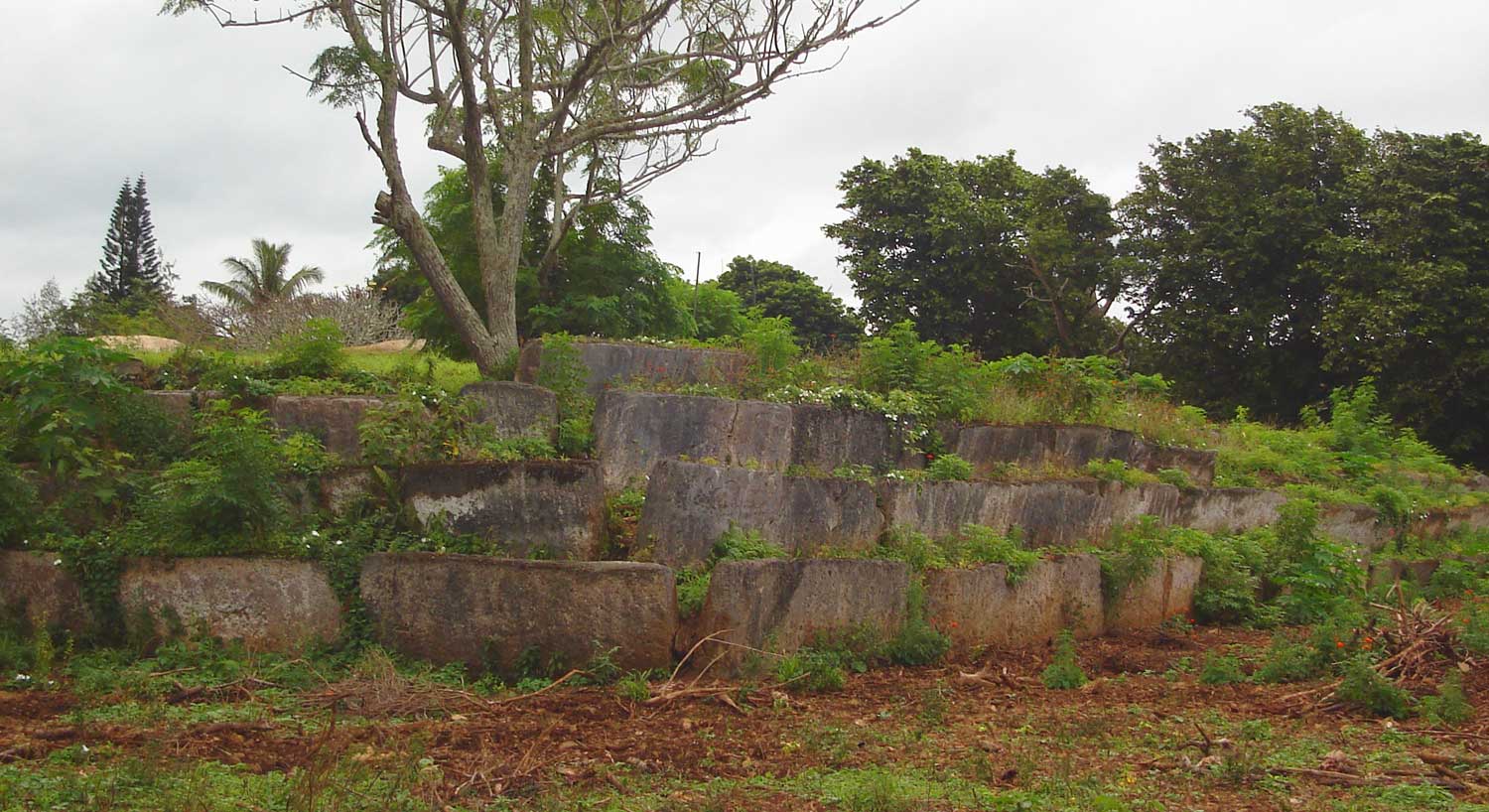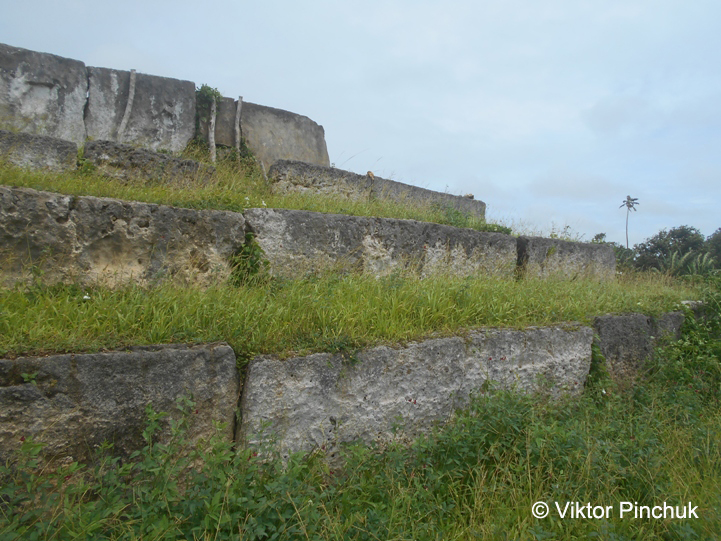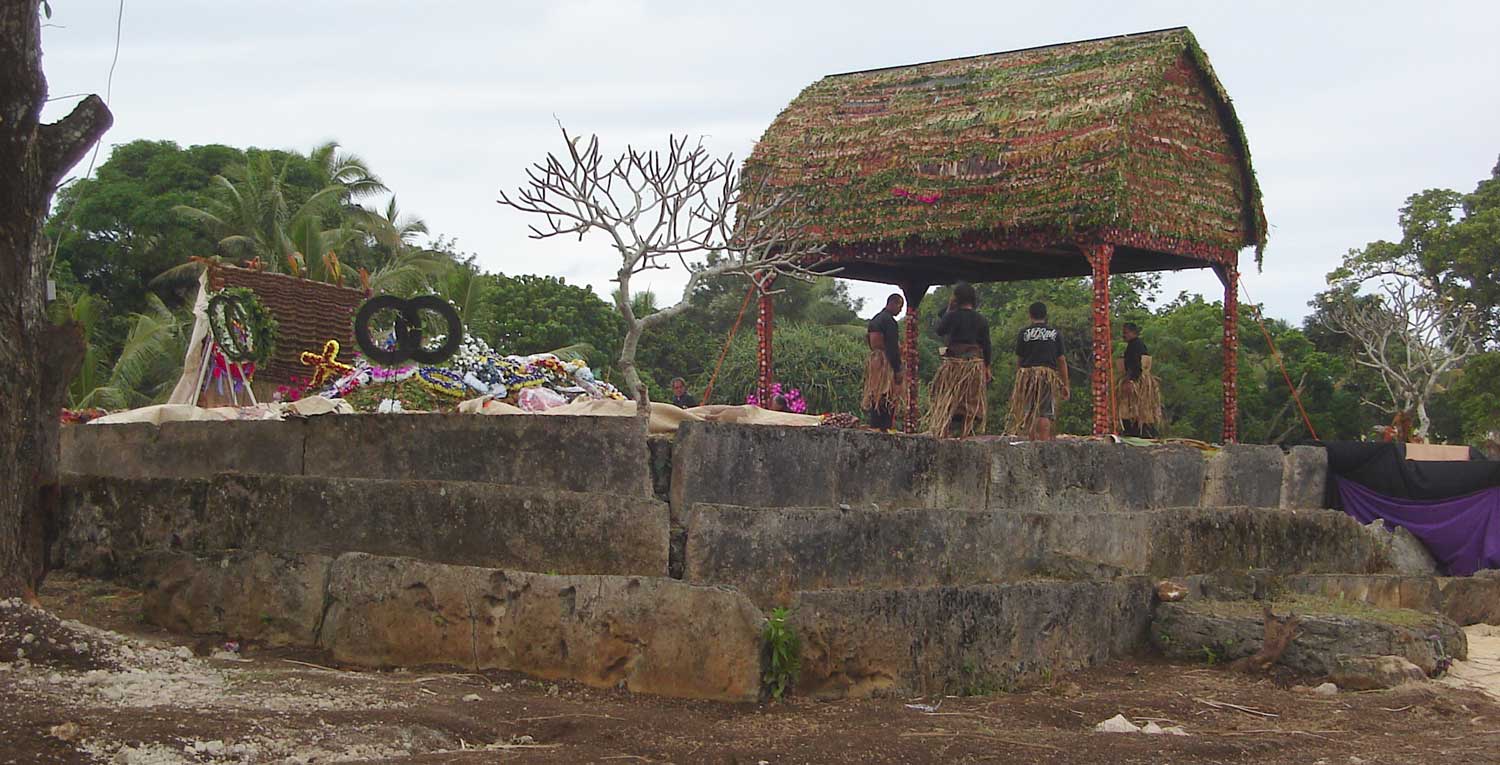The Langi Tombs of Muʻa: An Insight into Tonga’s Royal Burial Sites
Muʻa, a small town in the Hahake district of Tongatapu, Tonga, holds a significant place in the history of the Tongan empire. Once the ancient capital, Muʻa is renowned for its langi, the royal burial tombs that are a testament to the island’s rich cultural heritage. These monumental structures are not only a reflection of the architectural prowess of ancient Tongans but also provide insight into the social and political structures of the time.
Get your dose of History via Email
Geography and Demography of Muʻa
Situated along the eastern side of the lagoon of Tongatapu, Muʻa is characterized by its fertile red volcanic soil, contrasting with the low-lying mud zones along the shore. The town is divided into the villages of Lapaha and Tatakamotonga and is in close proximity to Talasiu. As of the 1996 census, Muʻa had a population of 3,900, with an expected increase by the 2006 census.
Lapaha, the home of the Tu’itonga Empire, holds historical significance as the first capital of Tonga. The demographic distribution in Muʻa reflects a diverse religious landscape, with most people in Lapaha being Roman Catholic and Tatakamotonga predominantly Wesleyan, alongside a growing number of Mormons.

Historical Significance of Muʻa
Muʻa’s history is deeply intertwined with the Lapita culture and the Tuʻi Tonga Empire, serving as the empire’s capital from the twelfth to the sixteenth century AD. Despite the disintegration of the empire, Muʻa remained a spiritual center and the capital of the Tuʻi Tonga kings until the nineteenth century. The town was a residence for the Tuʻi Tonga and his retinue, with distinct areas designated for subchiefs, servants, and the king’s wives.
The transition of power from the Tuʻi Tonga line to the Tuʻi Haʻatakalaua and later to the Tuʻi Kanokupolu marked a significant shift in the political landscape of Tonga. This shift also influenced the social stratification within Muʻa, distinguishing between the kauhalalalo (low road people) and the kauhalaʻuta (inland road people).

The Langi Tombs
The langi tombs are monumental structures that served as burial sites for the Tongan royalty. These artificial hills, surrounded by massive coral rock slabs, are a marvel of ancient engineering. The precision with which these slabs were shaped and fitted together is a testament to the advanced skills of the Tongan people. The best-preserved langi, Paepae-o-Teleʻa, is notable for its corner slabs that form an ‘L’ shape, showcasing the meticulous craftsmanship involved in its construction.
Contrary to myths of magical transportation, the coral slabs were quarried from various coastal locations and transported by boat. The last Tuʻi Tonga, Laufiltonga, was buried in Langi Tuʻofefafa, marked by a significant cross, reflecting his Catholic faith. The langi continue to serve as burial sites, with notable chiefs being laid to rest in these sacred grounds in recent years.

Conclusion
The langi tombs of Muʻa are not only architectural wonders but also serve as a bridge to the past, offering a glimpse into the lives, beliefs, and social structures of ancient Tonga. These royal burial sites underscore the spiritual and political significance of the Tuʻi Tonga and their legacy in Tongan history. As symbols of power and reverence, the langi tombs remain a crucial part of Tonga’s cultural heritage, attracting historians, archaeologists, and tourists alike to marvel at their grandeur and delve into the rich history of the Tongan empire.
Sources:
Wikipedia

